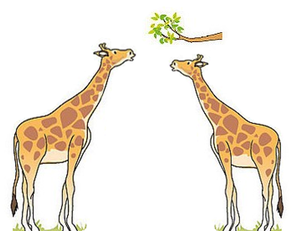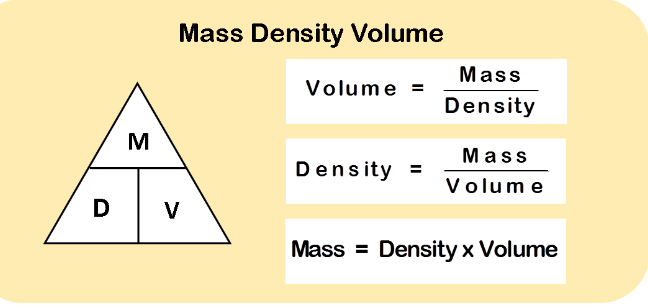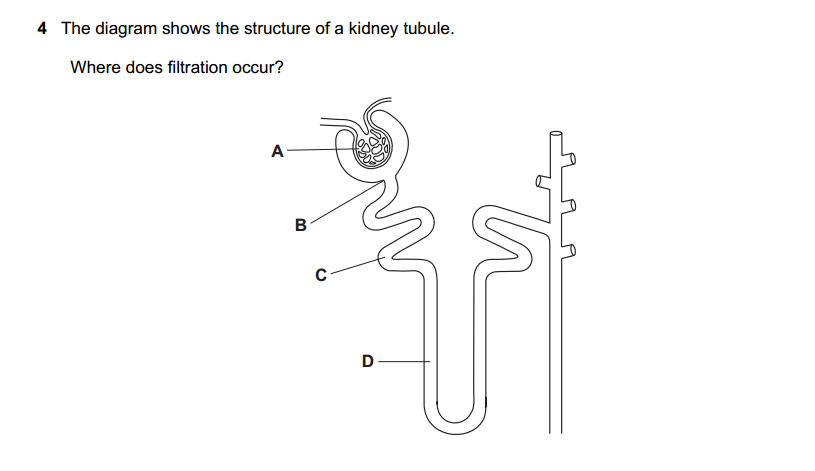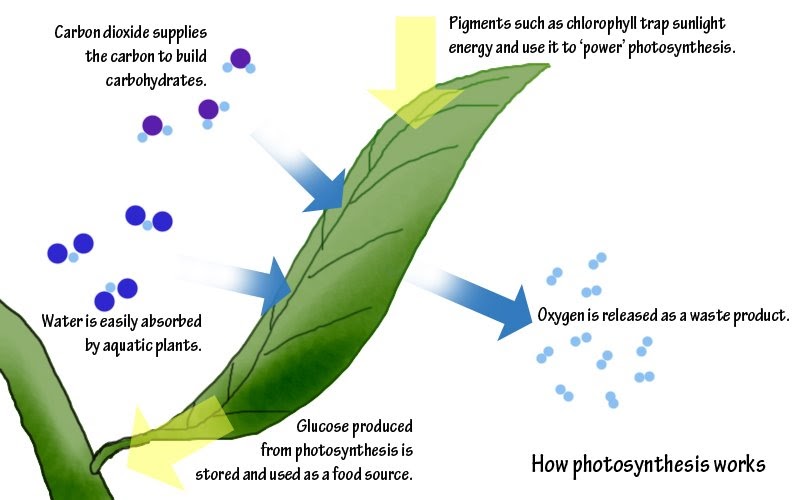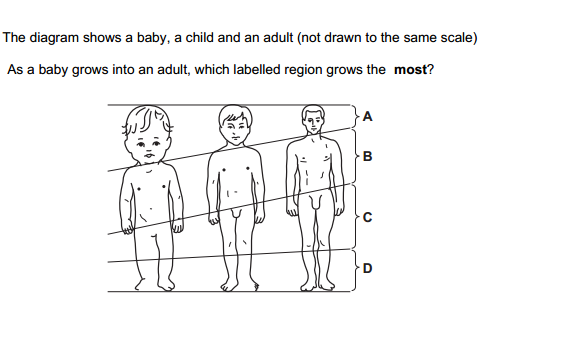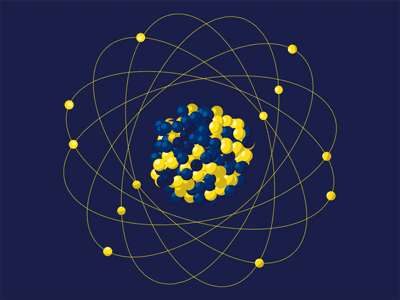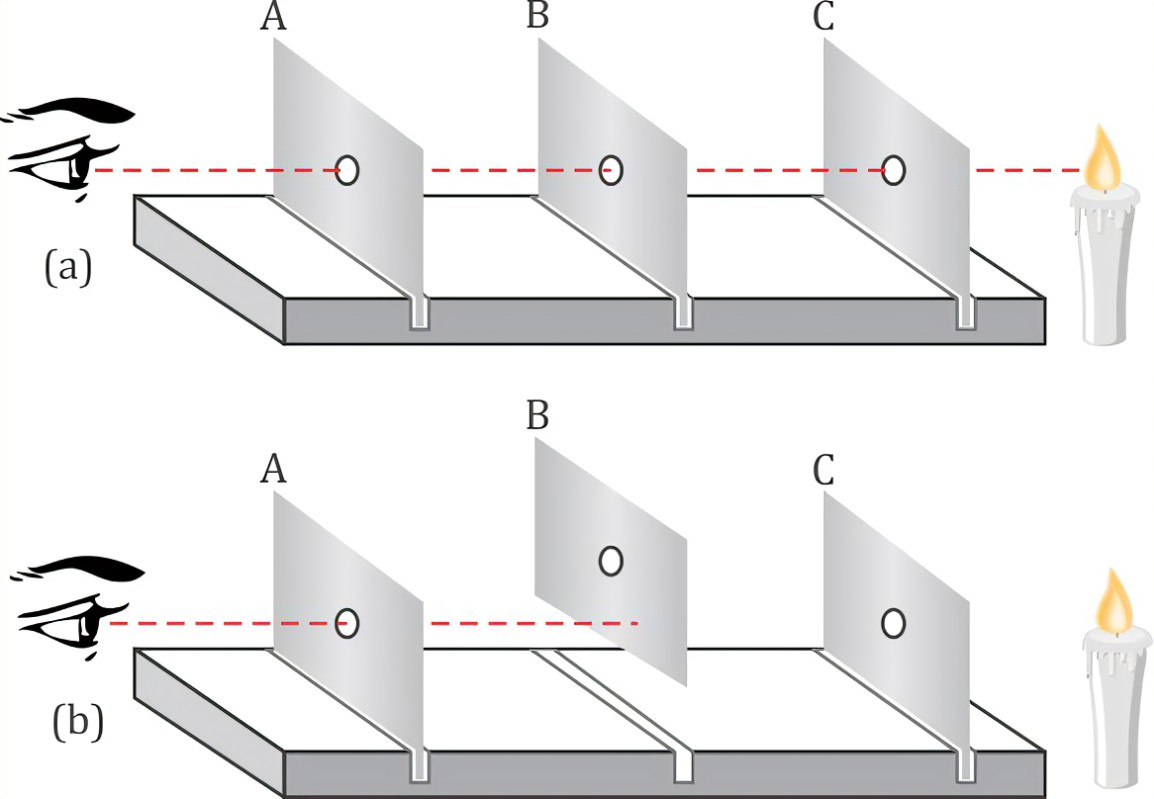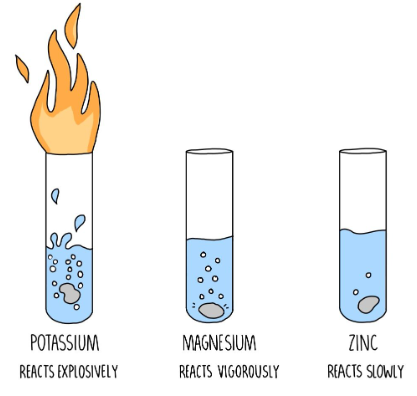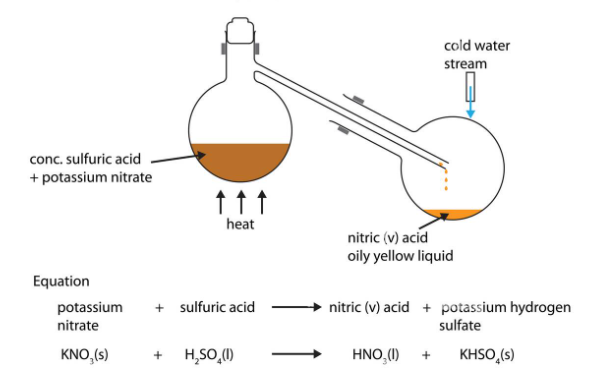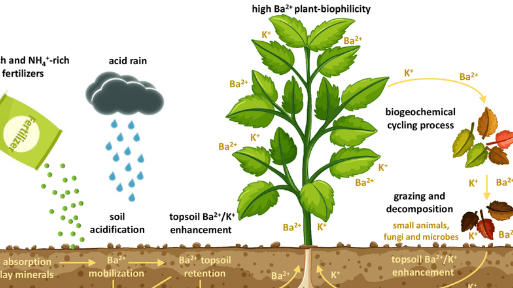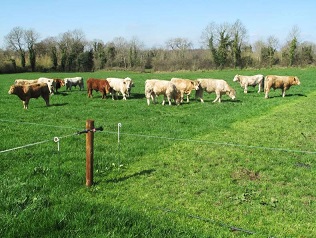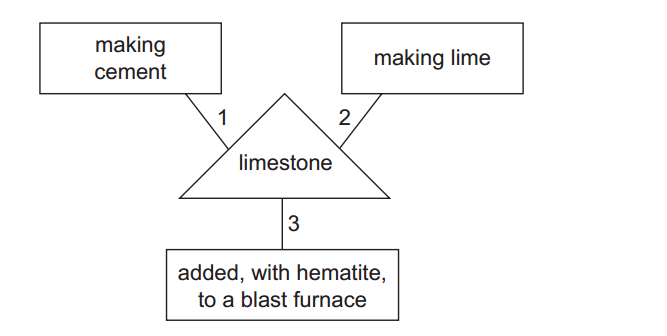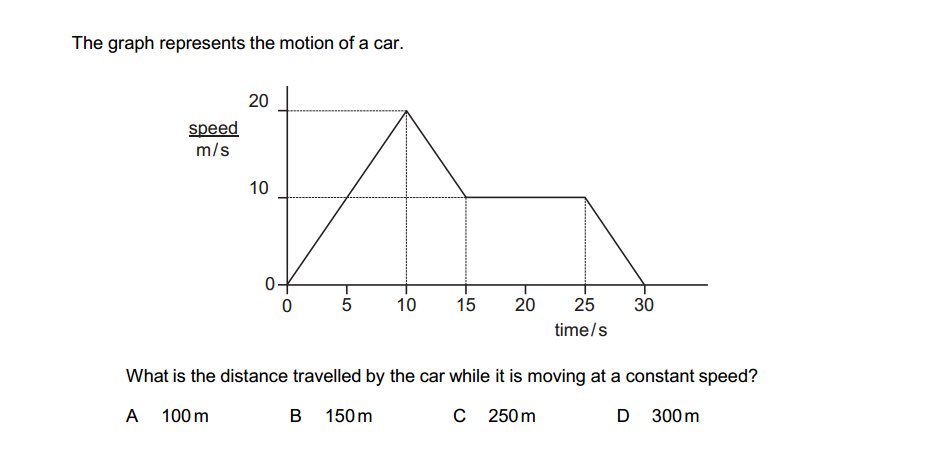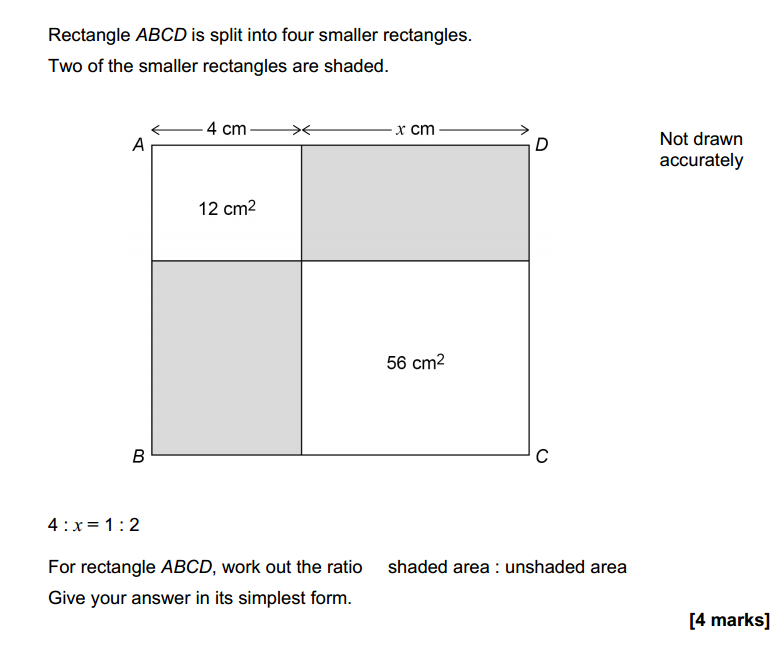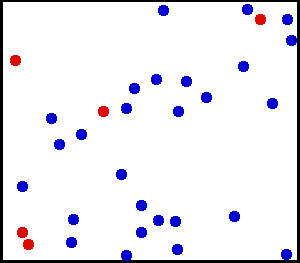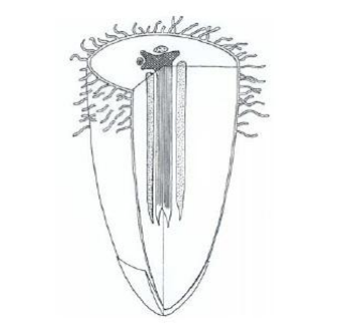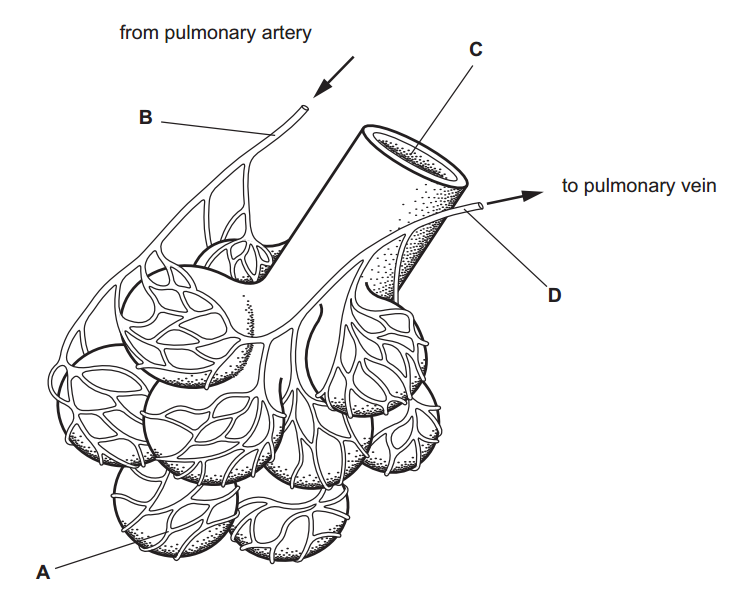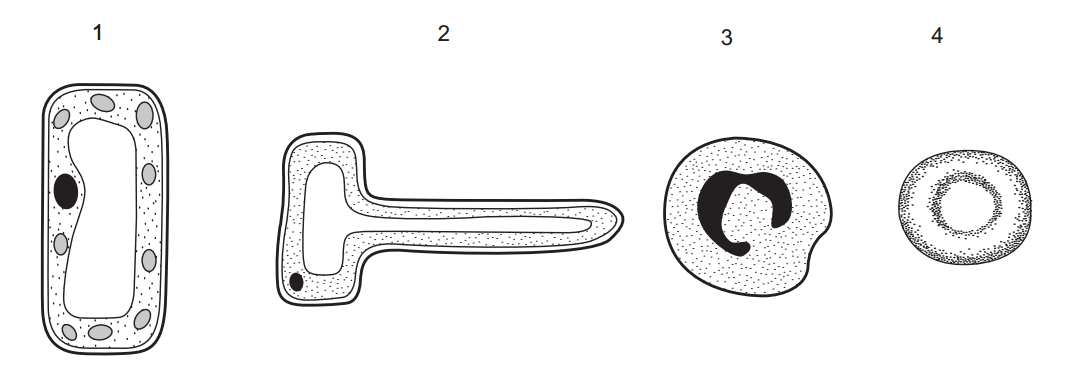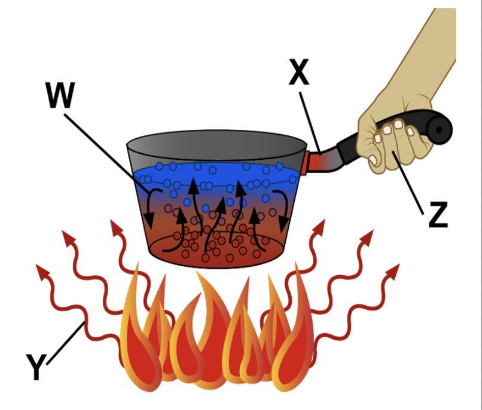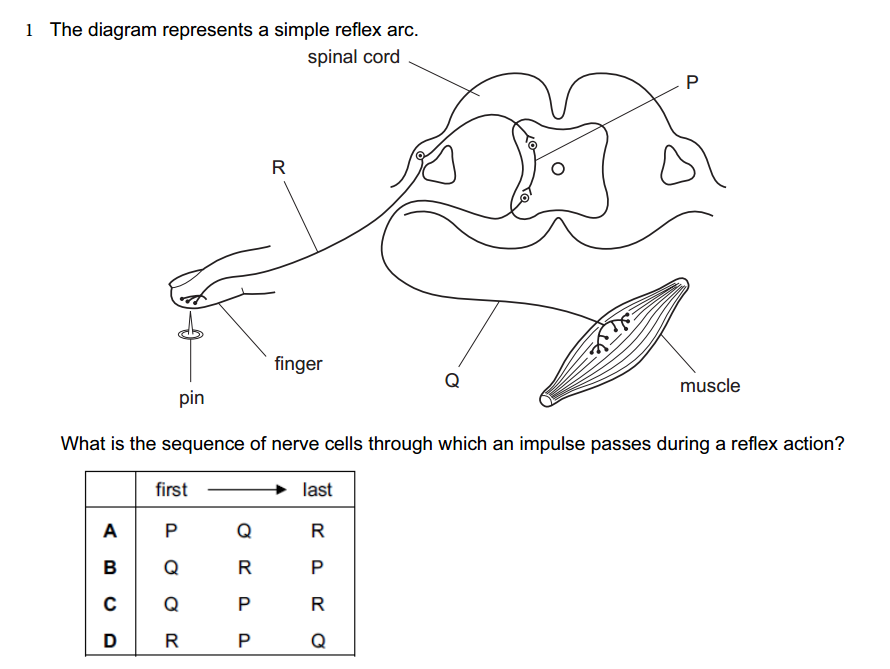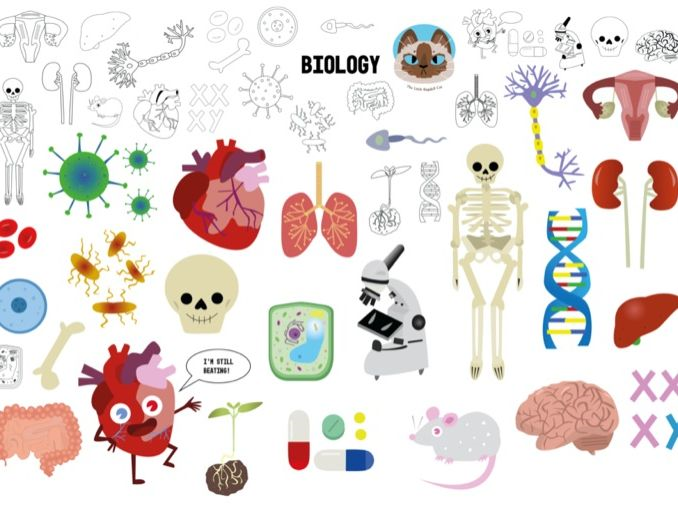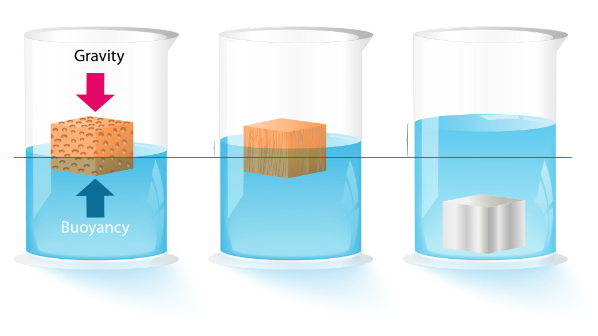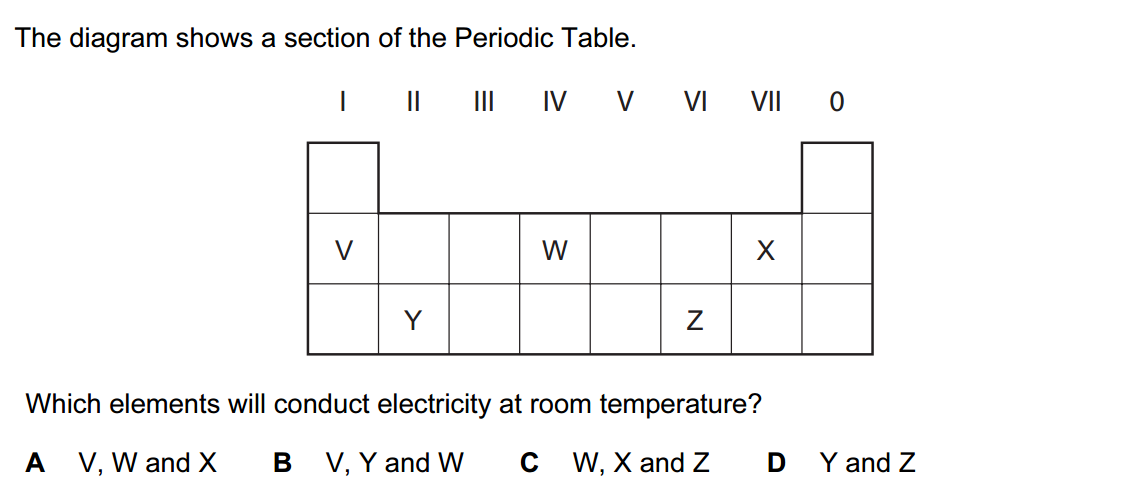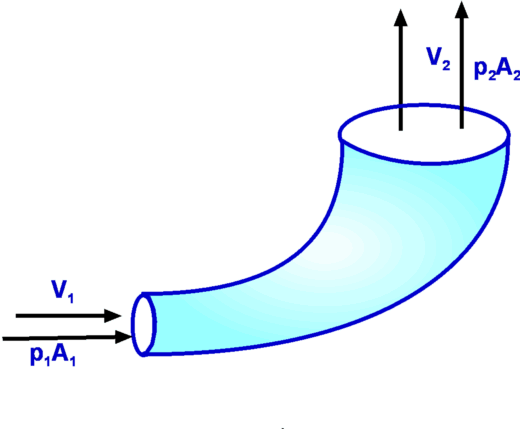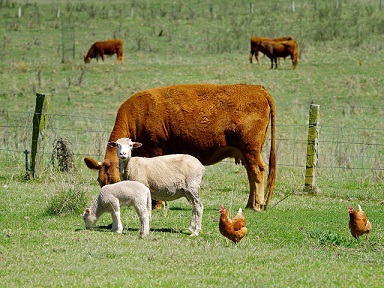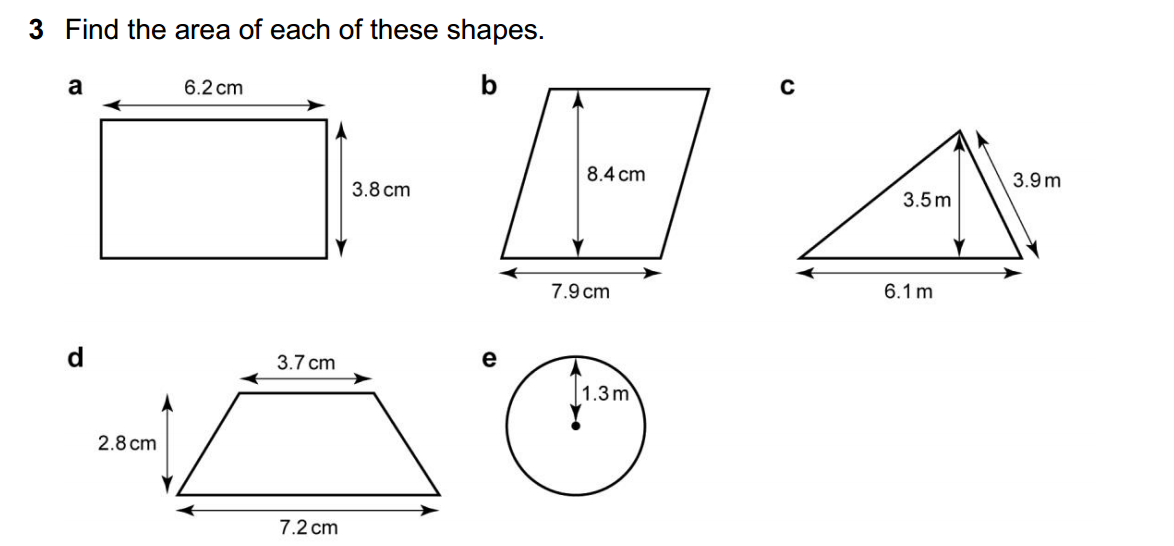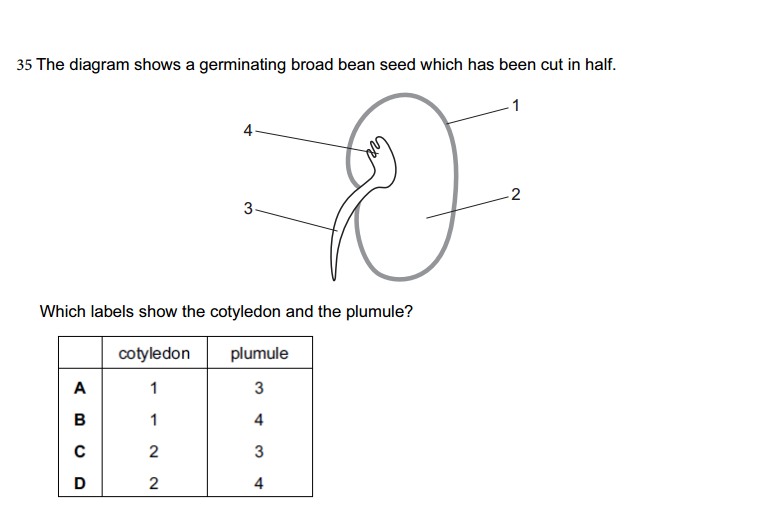The Dark Side of Nature: Understanding Intraspecific Killing in the Animal Kingdom
In the intricate tapestry of the natural world, there exists a phenomenon both fascinating and unsettling: intraspecific killing, the act of animals killing their own kind. While we often romanticize nature as a harmonious realm of beauty and balance, the reality is far more complex. From lions to dolphins, and even seemingly docile creatures like squirrels, instances of conspecific killing are woven into the fabric of various species’ behaviors.
The Brutal Truth: Examples Across the Animal Kingdom
In the realm of big cats, male lions are notorious for their ruthless behavior towards cubs sired by rival males. By eliminating these offspring, they hasten the return of the females to estrus, ensuring their own genetic lineage. Similarly, chimpanzee societies, though known for their social complexities, are not devoid of violence. Territorial disputes often escalate into lethal intergroup conflicts, resulting in casualties on both sides.
Even marine mammals like dolphins exhibit dark tendencies. Male bottlenose dolphins have been observed engaging in infanticide, targeting calves to bring their mothers back into a fertile state for mating. In the world of rodents, red squirrels and hamsters engage in similar behaviors, driven by a primal urge to secure resources and ensure the survival of their own progeny.
Unraveling the Motives: Why Do They Do It?
Understanding the motives behind intraspecific killing requires delving into the intricate dynamics of animal societies. Competition for resources, territories, and mates often drives individuals to extreme measures. In the relentless struggle for survival and reproductive success, conspecific elimination becomes a strategic maneuver, ensuring one’s genes are passed on to the next generation.
A Glimpse into Evolutionary Strategies
From an evolutionary standpoint, intraspecific killing can be viewed as a ruthless yet effective strategy. It serves as a mechanism for asserting dominance, reducing competition, and maximizing one’s own fitness within a population. While these behaviors may seem brutal to human sensibilities, they are deeply ingrained in the fabric of natural selection.
Reflections on Nature’s Complexity
As we grapple with the darker facets of the natural world, it’s essential to approach them with nuance and understanding. Nature is not a pristine sanctuary but a dynamic arena where survival hinges on adaptability and resilience. While intraspecific killing may unsettle us, it serves as a poignant reminder of nature’s complexity and the myriad strategies employed by organisms to navigate its challenges.
Embracing Nature’s Complexity
Intraspecific killing stands as a stark reminder of the raw intensity of the natural world. It challenges our preconceived notions of harmony and underscores the intricate interplay of competition and cooperation in evolutionary dynamics. While unsettling, it offers invaluable insights into the complex tapestry of life on Earth, urging us to embrace nature’s multifaceted nature with humility and reverence.















